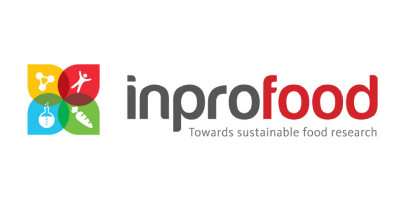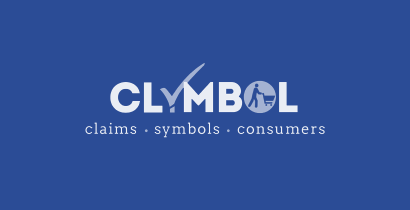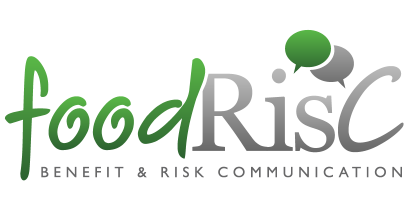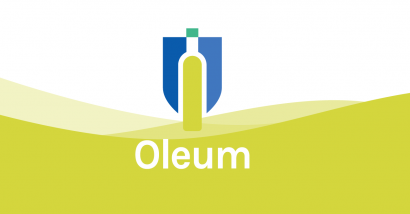EU SAFE FOODS project questions the current approach to food risk analysis
Last Updated : 07 July 2008The classical food risk analysis model, developed in the 1990s, breaks the risk analysis process into three stages: risk assessment, risk management, and risk communication. But some scientists believe that this model – and practices associated with it – may not be addressing consumers’ concerns on challenging food safety issues.
SAFE FOODS project
SAFE FOODS, an EU-funded Integrated Project (running from April 2004 to June 2008) has developed a more holistic approach to food safety, responding directly to consumers’ concerns. The project has brought together 37 consortium partners, including leading European scientific food research institutes, organisations, universities and partners from South Africa and China.
SAFE FOODS launched an exploration to identify consumers’ food safety concerns, prioritise these concerns efficiently, and find out how best to use currently available tools (e.g. technology, surveys, regulatory processes) to respond better to consumer needs.
SAFE FOODS took a multidisciplinary view of how all aspects of the risk analysis process could potentially evolve, from scientific risk assessment to communicating with consumers. A key finding was that leveraging existing national knowledge to create a pan-European or global view could optimise this process.
Making national intelligence internationally accessible
SAFE FOODS developed an online database of 400 food safety experts from 260 organisations in over 35 countries. Governments and authorities will be able to use this technology to swiftly identify relevant experts.
A fully operational web-based transfer point where registered members can exchange national intelligence on emerging issues and food safety hazards was also created by the SAFE FOODS team. This technology accelerates hazard identification by bringing together overviews of the more than 300 national and EU-initiatives dealing with food safety issues. Although the database is still in its infancy, several national and European organisations have already expressed their interest in becoming users.
Apfelstrudel = tarte aux pommes?
Countries collect data on food consumption and food contaminants and toxins, but the ability to compare different countries’ data is generally limited because food is coded and collected differently in each country. SAFE FOODS overcame this challenge by using the Codex harmonised coding method to recode food products (e.g. apple pie) in five countries as raw agricultural commodities (e.g. apples, flour, sugar, butter). Recoding the national data allowed SAFE FOODS to perform a simulation, which revealed whether different consumption habits or monitoring practices explained the differences between national data.
State-of-the-art technology
SAFE FOODS explored ways to integrate state-of-the-art technologies to maximize the use of available data. The project analysed the composition of potatoes and maize using an innovative “omics” technique. This technology can allow scientists to perform unprecedented analyses of crop composition by measuring thousands of parameters at once (including genes, proteins and metabolites). Scientists could thus determine whether inserting a new gene in a maize kernel unintentionally changes its composition, and risk managers could understand how the crop’s cultivation process changes the nutritional value of the food (e.g. nanotechnology, GM, organic).
Improving risk communication
SAFE FOODS conducted consumer research on how risk communication could be optimised. Observations were that risk information should be tailored to consumers’ needs and that uncertainty and variability must be addressed by coordinating information on food risks. The project thus recommends that communication efforts on food risk management consider regulatory priorities, preventative measures, enforcement actions and the expertise of food risk managers.
Modernising the food risk analysis model
Many practitioners admit that the classical risk analysis model is still applicable for most routine decisions on non-controversial issues. SAFE FOODS finds that controversial topics, however, should be assessed in a wider context than is currently the case. SAFE FOODS makes best-practice recommendations, which amend the classical risk analysis model to optimise the risk analysis process.
Some recommendations, such as the inclusion of stakeholders in risk analysis, are already partially incorporated into the regulatory process. The European Commission has established the Advisory Group on the Food Chain and the Animal and Plant Health and the Stakeholder Dialogue Group. The European Food Safety Authority has created a Consultative Stakeholder Platform.
Areas for further exploration remain, such as developing technical guidance on how and when to use omics technology and training programs on how to use the results from these analyses to make decisions.
Although the SAFE FOODS project may be nearly over, development of its thought-provoking methodology is not.
Further information: www.safefoods.nl



